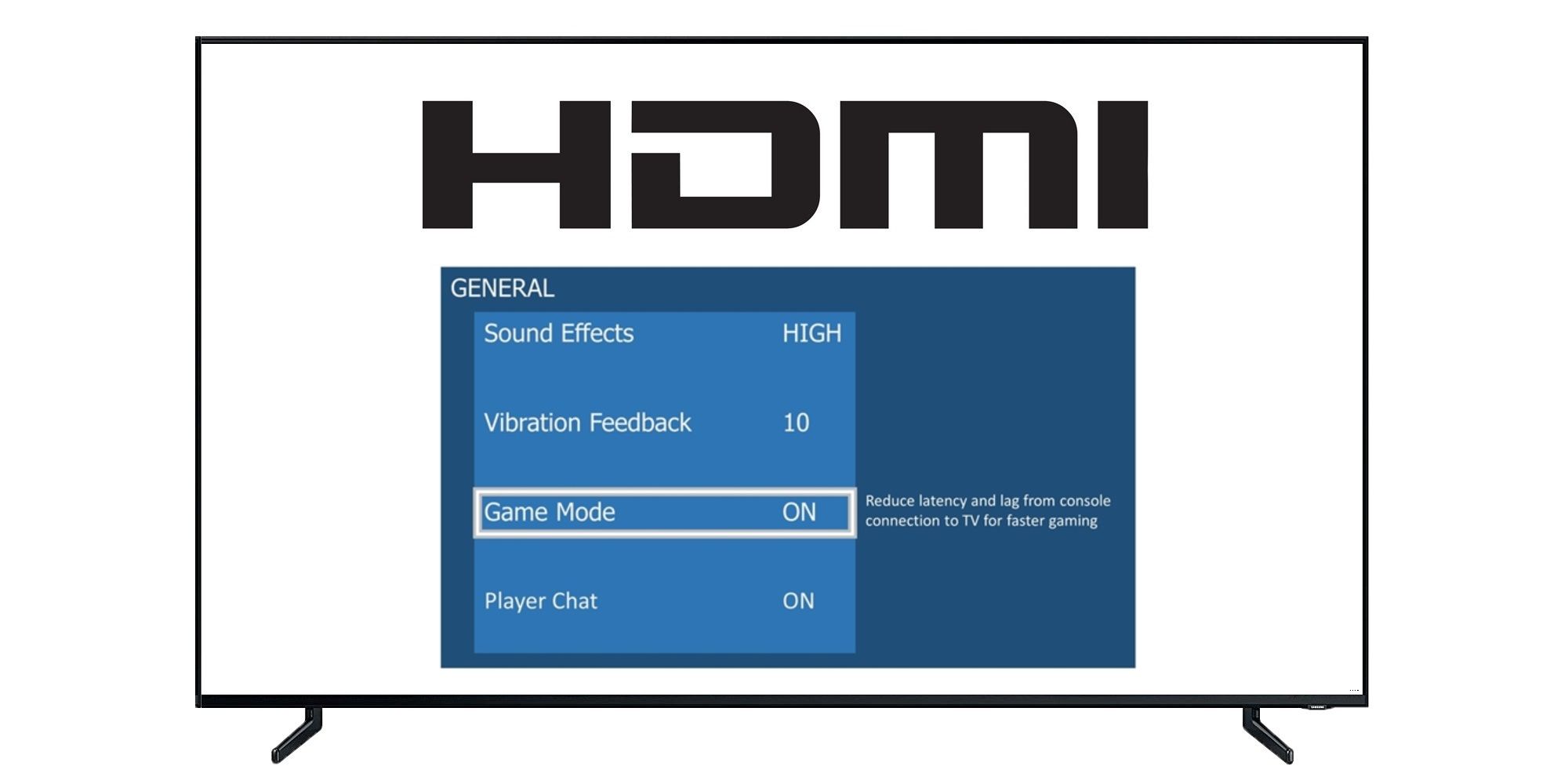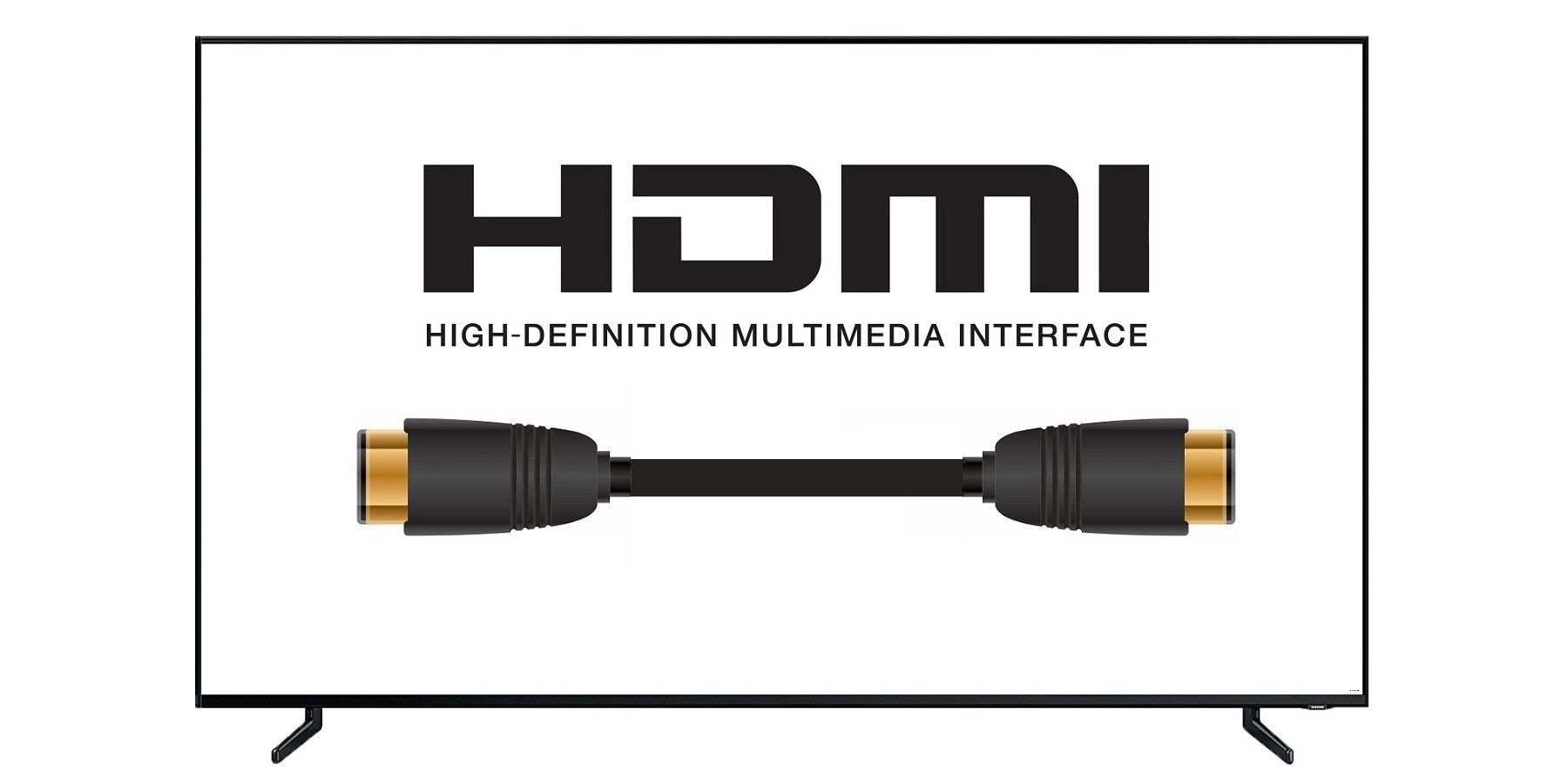Compared to previous versions, HDMI 2.1 offers multiple benefits for owners of 4K and 8K TVs. One that's worth gamers paying extra attention to is "Auto Low Latency Mode" (ALLM). This is not just for games either, with gamers likely to benefit regardless of whether they are playing or watching.
HDMI 2.1 is not technically new considering the latest specification was announced back in 2017. However, it has taken its time in becoming available at the TV, device and cable level. In 2020, that’s expected to change and this also means more users will gain access to many of the new and improved features. ALLM is one of them and it will finally do away with consumers having to manually make changes to their system just to get the best experience possible.
Anyone who frequently games will be well aware of “Game Mode.” This is the option in a TV’s settings that can be manually activated to ensure the display is better able to match the gaming experience instead of the default viewing experience. However, this is typically a manual switch requiring the user to go into the settings, make the changes, game, then make the changes back, when switching back to watching the TV or a movie. With HDMI 2.1, that’s no longer the case, as the ALLM technology inside will do all the switching for you.
HDMI 2.1 Means No More Manual Game Mode
To be accurate, HDMI 2.1 still requires Game Mode to be activated so it's not like the game-optimized mode suddenly disappears. In principle, what it does mean is that there's now an always-on Game Mode, and an always-on movie mode, TV mode, and any other mode you can think of, and all at the same time. Essentially, the newer HDMI specification will ensure that the TV always automatically switches to the best settings when changing inputs. This might not sound like a massively useful feature and especially as it doesn't add anything new, but it is one that removes the need for users to be so actively involved. In this sense, it's a time-saver and one that improves the TV experience at a fundamental level.
When switching to Game Mode, the TV typically looks to improve the latency and lag, but this often comes at the expense of other TV processes that are not needed when gaming. This places the emphasis on users having to manually make the switch, and every time, to ensure the TV is always in the right mode for the content that's on the screen, and this even includes when watching a movie on a games console. While in this latter instance the inputs are not being changed, the content and requirements of the TV are and therefore the settings need to be adjusted. In contrast, HDMI 2.1 and ALLM will look to do this all this tinkering automatically. The system that’s connected to the other side of the HDMI cable will provide a signal to the TV each time a game or movie is selected, and as that signal is now carried by the next-generation cable, the TV will always be aware and make the appropriate changes to the system behind the scenes. With HDMI 2.1 and ALLM, users are relatively guaranteed the most optimal viewing experience possible, regardless of what they are using the TV for.
Of course, this does mean that users will need to make sure their current TV and connected device both support ALLM. Although, the good news here is that Auto Low Latency Mode can technically be added via a firmware update and this does mean that your TV or console might already have the feature. In fact, you may not even need a HDMI 2.1 cable at all, considering ALLM doesn't require lots of additional data and it may fall within the bandwidth limitations of a HDMI 2.0 cable. That is, unless you are using (or plan to use) a higher-resolution TV and many of the additional HDMI features as HDMI 2.1's higher capacity will be needed to transmit all that data.


